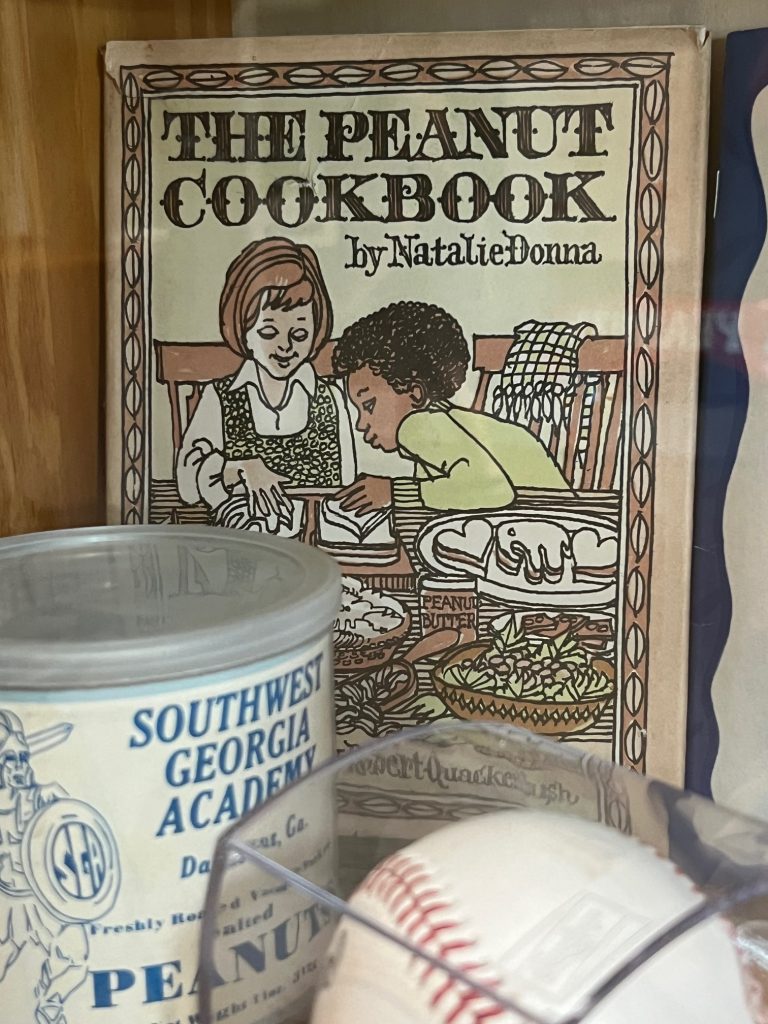October 15, 2024
Peanuts Don’t Grow on Trees
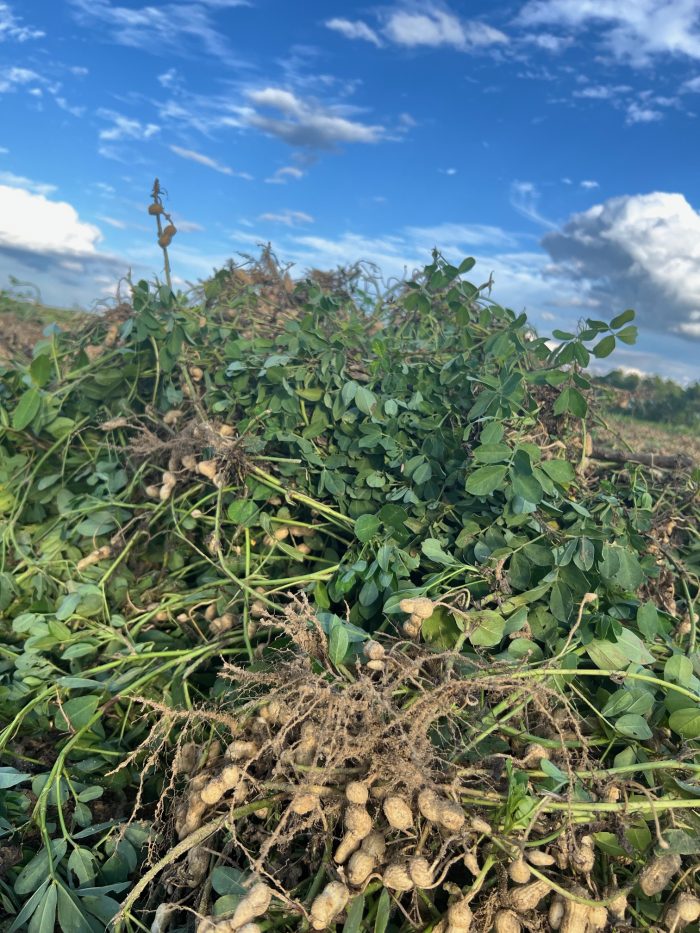
There’s so much to learn and love about peanuts.
On a recent tour of southeast Georgia’s peanut farms, I had the opportunity to witness first hand just how peanuts are planted, harvested, graded, and shelled to make their way to a candy bar, snack mix or peanut butter near you! Thank you to the Georgia Peanut Commission, Southern Peanut Growers, The Peanut Institute, and National Peanut Board for inviting me on the peanut harvest tour and arranging access to peanut farmers, researchers and so many other peanut lovers.
First, let’s meet the pretty peanut plant flower!

Photo above taken in a greenhouse at the University of Georgia’s Griffin Campus specializing in agricultural research.
Who you calling a nut?
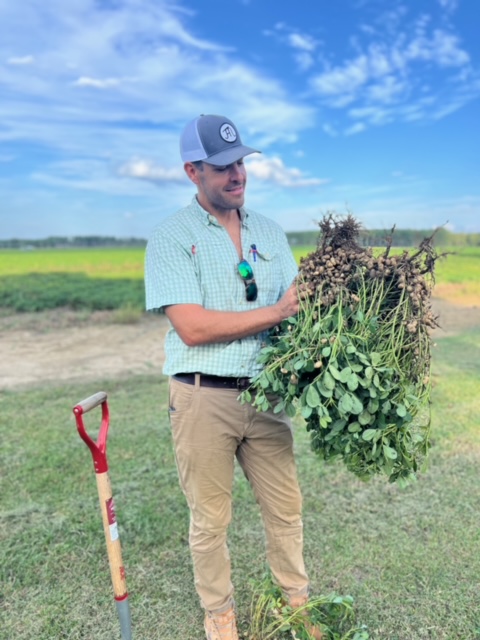
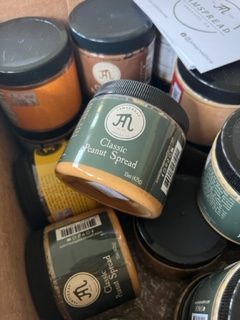
Peanut 101
Not officially a nut, peanuts are classified as legumes and grow underground.
Of course, you knew that but some folks still imagine them being harvested off of trees like almonds, pecans, walnuts and other tree nuts. But, they sure have a delicious nutty flavor!
Did you know that Georgia produces more than half of all peanuts grown in the USA?
This is peanut country.

One of the most wonderful experiences on the Peanut Harvest Tour was visiting the historic town of Plains, Georgia. It was the day before President Jimmy Carter’s 100th birthday and the town was buzzing with peanut pride!

The Carter family were peanut farmers for generations in south Georgia.
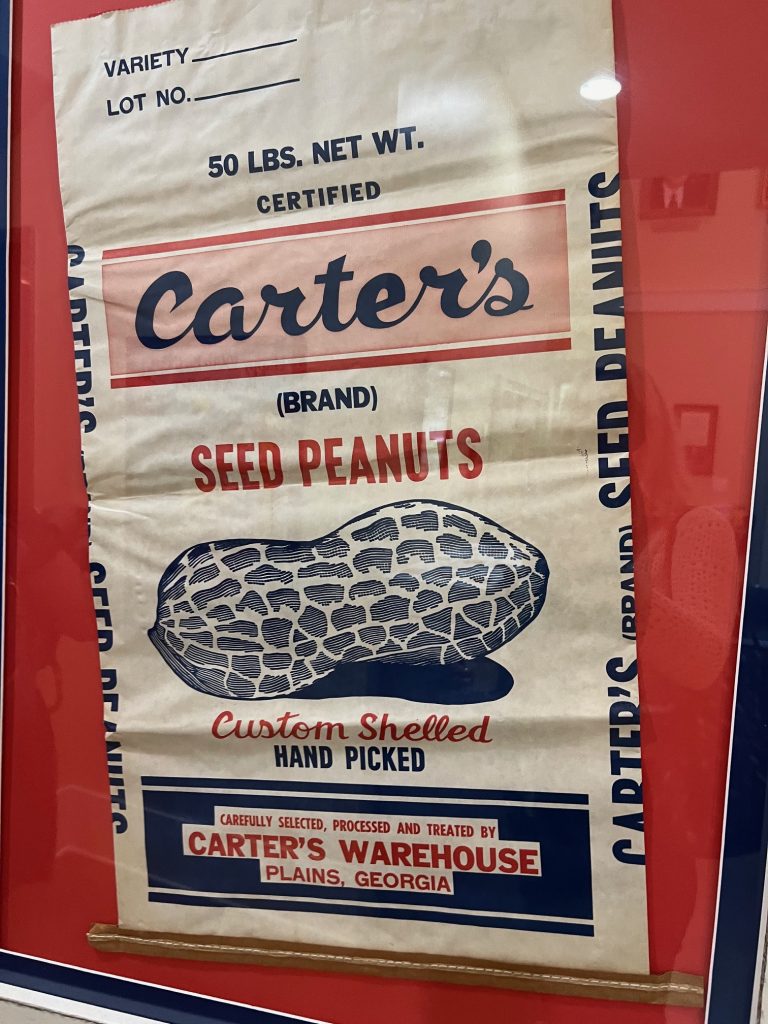
Farm Tour Starts Here.
Before we go down on the farm, let’s begin with the tiniest part of the story.
The DNA of peanut plants.
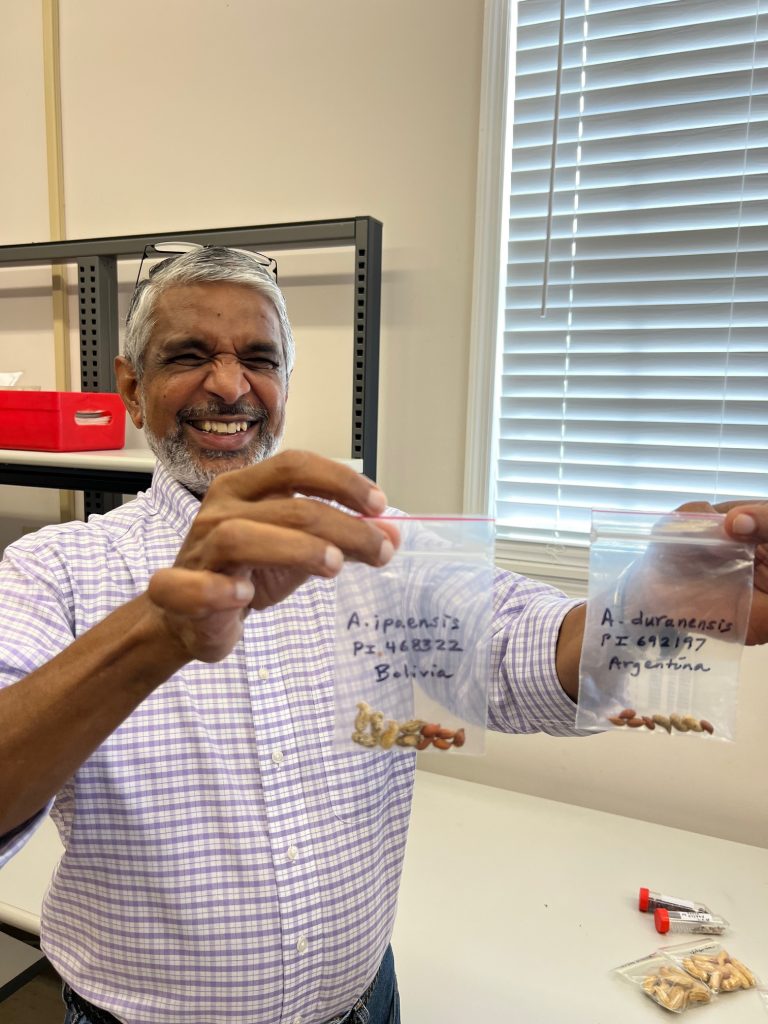
Proudly displaying pieces of peanut genetic history, Shyam Tallury, PhD of the USDA Agricultural Research Service at the UGA Campus in Griffin, oversees a precious collection of peanuts from allover the world. The two samples in the photo are from South America and are believed to be the ancestors to modern day peanuts.

Some are better at drought resistance. Others better at pest resistance, or taste or texture or shape and size. Curating this bank of peanut samples and DNA in their germ plasm is important to protect the peanut crop of the future. It’s truly a treasure chest of genetic material that will help farmers of the future.
So you plant a peanut.
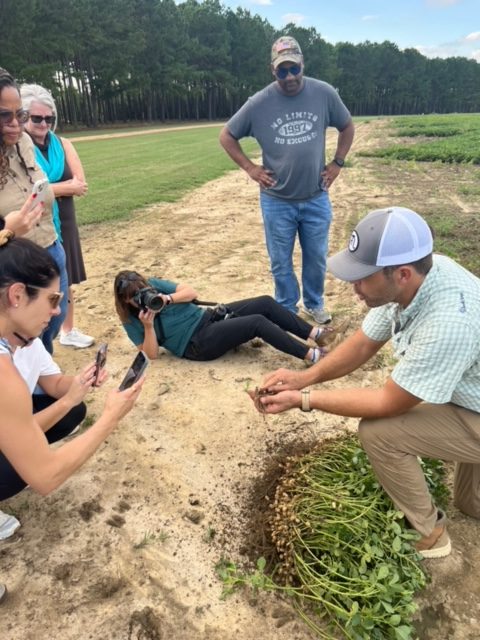
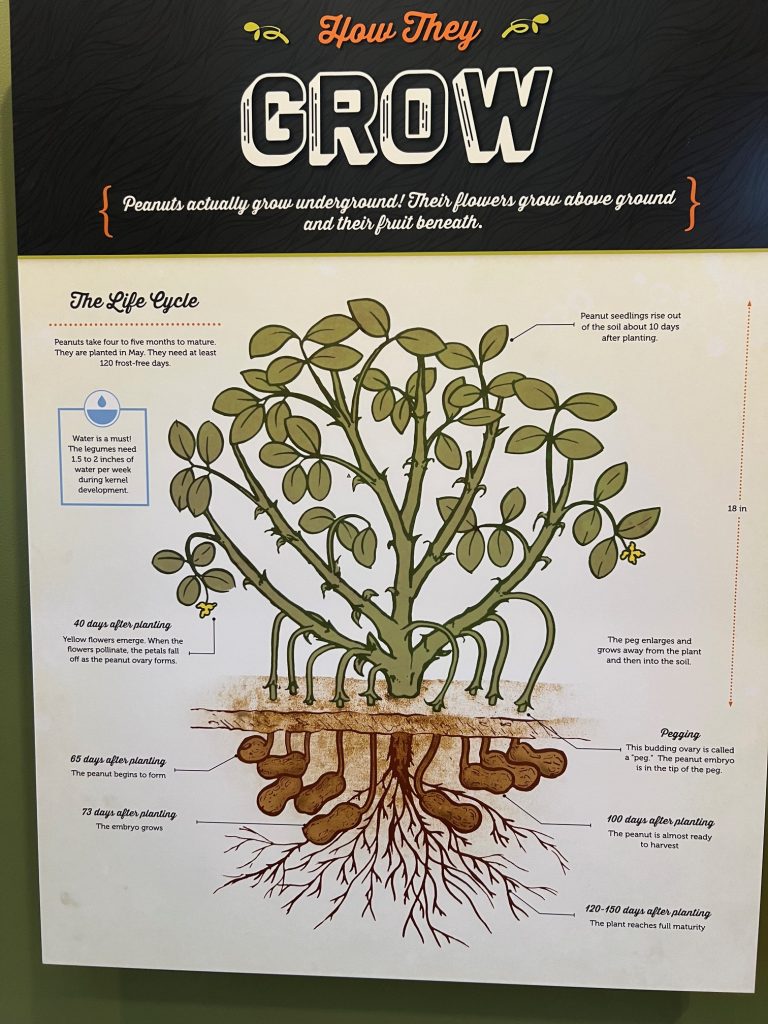
Peanuts take about 120-150 days to mature after planting. That’s weather dependent of course and that’s what makes a farmer’s job pretty tricky. Mother Nature with sun and rain can be an ally but when she serves up too much rain, as was the case with Hurricane Helene this year, that’s not a good thing. Crops were harvested as quickly as possible ahead of the storm. Weather fluctuations affect the amount of bugs, insects and other pests that love peanuts, too. And guess what else is a farmer’s foe? Deer! Lots and lots of deer invading the fields at night to nibble on the green leaves, often killing the plant and/or reducing the yield of peanuts.
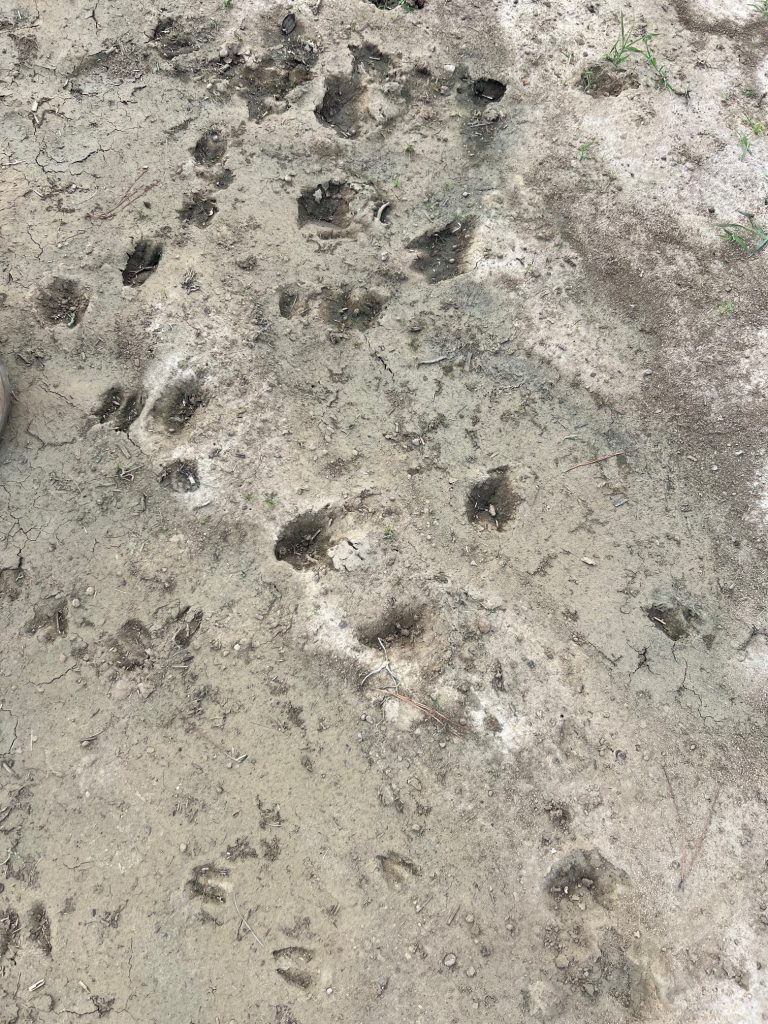
Harvest time!
Harvesting peanuts is a two step process. First the “diggers” come through, huge machines that turn the peanut plants upside down so that the peanuts can dry out a bit in the sun for a few days. 770,000 acres of peanuts were harvested in Georgia last year!!!
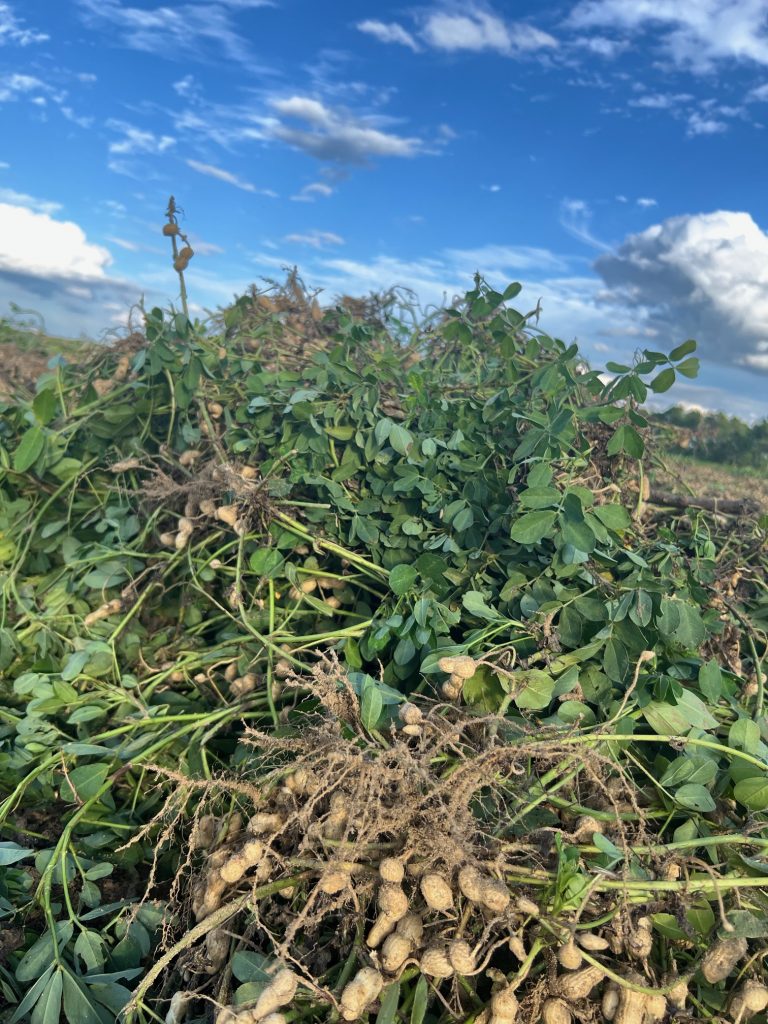
Then harvester machines go up and down the rows to pick the peanuts and leave the green tops in the field, which become rich compost for the soil.
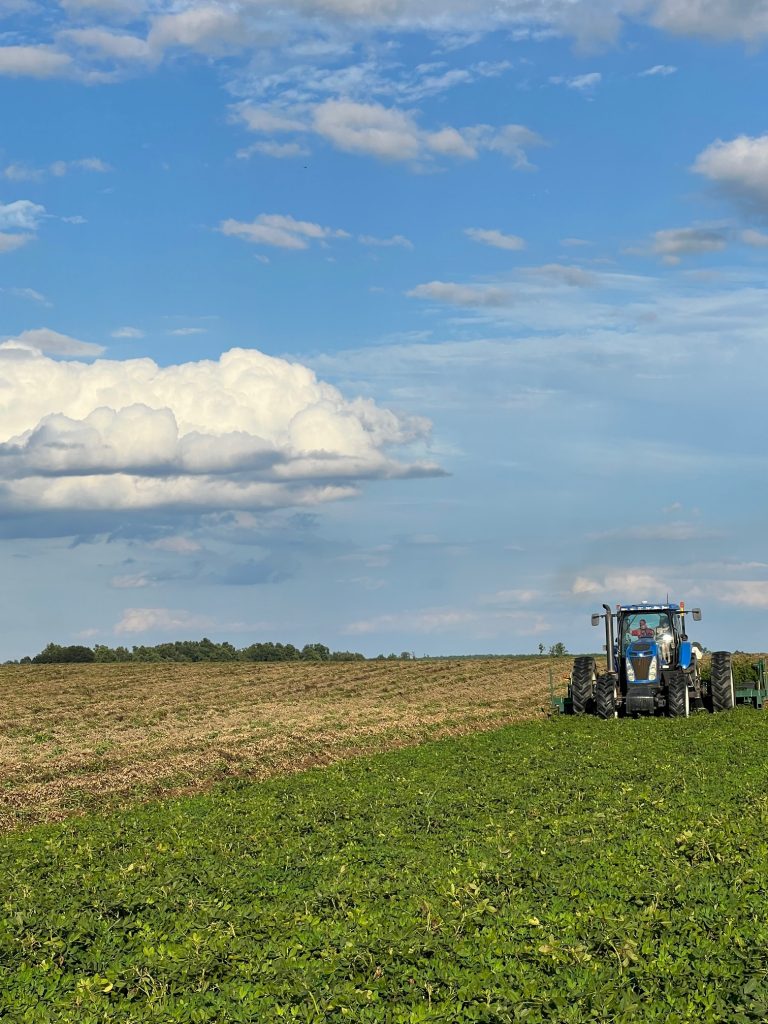
OK Let’s eat! Peanuts!!!!
Often seen as the humble hero we need to build a peanut butter and jelly sandwich or simply roasted for a crunchy snack, “goober peas” are gobbled up by gourmets as well.
Thai peanut sauce is a favorite of mine. Dinner at Southern National restaurant in Atlanta showcased peanuts from appetizer to dessert. We had a Chai Peanut Butter Panda Cotta!
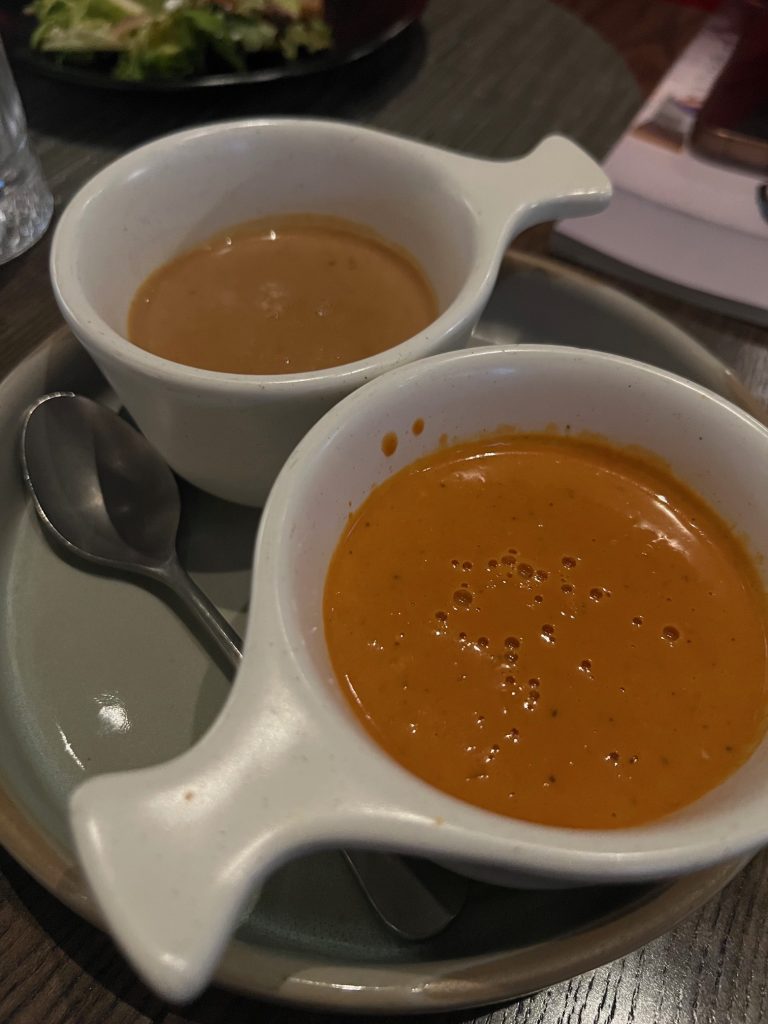
But, if you want to go old school you need to buy a bag of boiled peanuts!
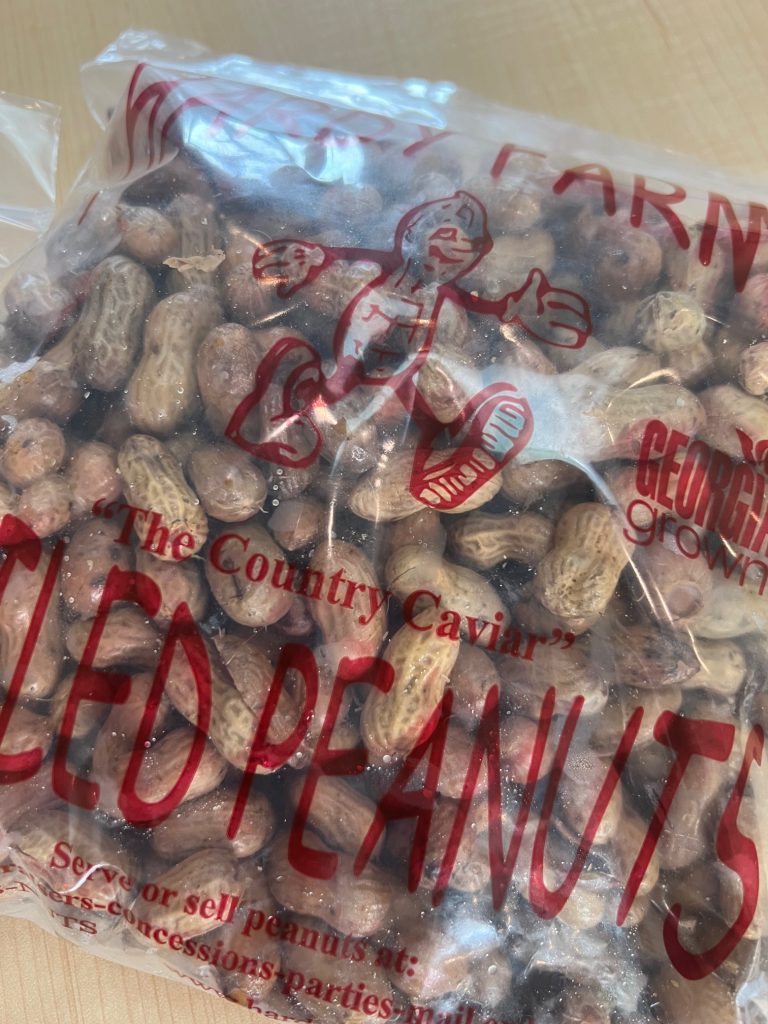
Easy to peel, slightly salted and a southern ‘road trip’ favorite, boiled peanuts are pretty good!
No matter how you choose to gobble your goobers, there’s a terrific nutrition story to tell.
Peanuts are an excellent source of plant based protein with 7 grams per 1 ounce serving (a small handful). And at less than 70 calories, you also get 2 grams fiber, healthy fats and 19 vitamins and minerals.
